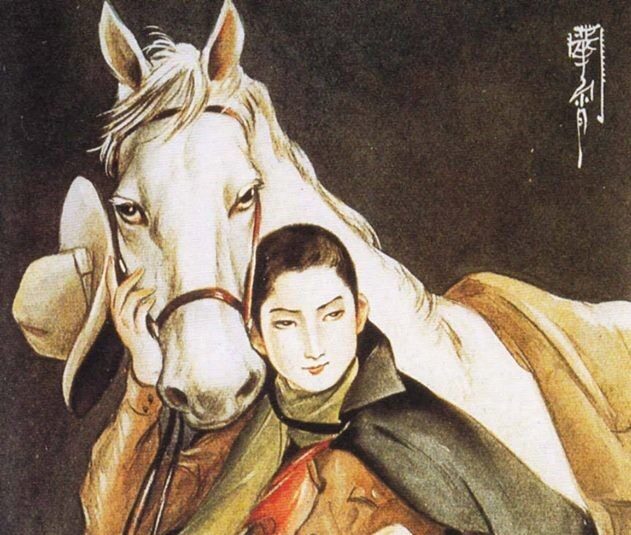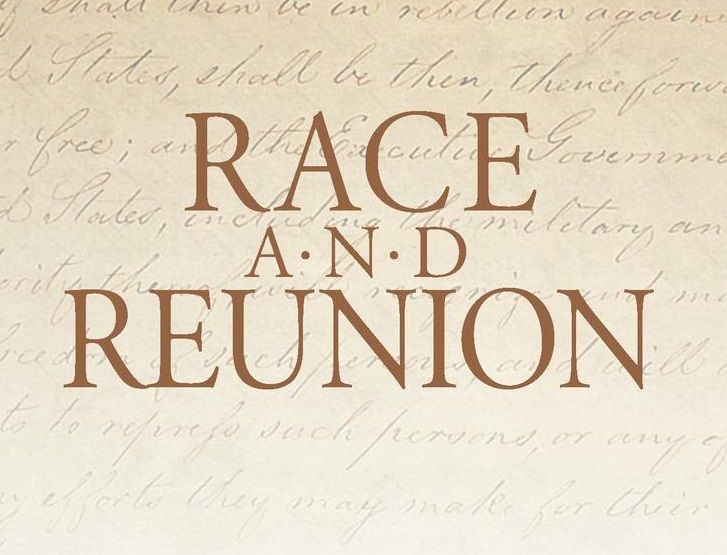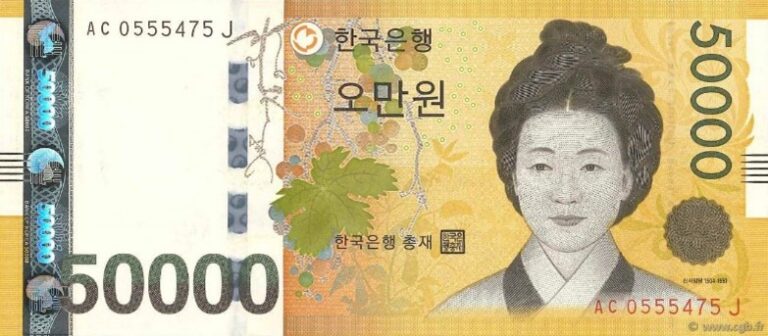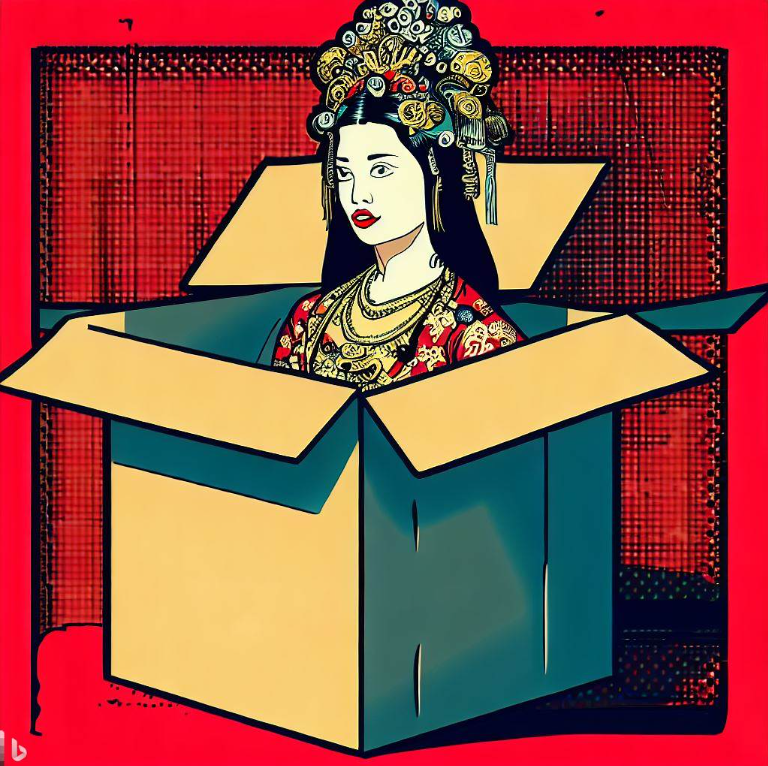Regulating Bodies: Gender Construction in Japan
by Joe Nickols
CW: Discussion of sexism, homophobia, transphobia, and medicalisation
The 2020 Tokyo Olympic Games were beset by many organisational challenges, including the global pandemic, which resulted in postponement. However, this postponement was overshadowed in February 2021 when Yoshiro Mori, the head of the organising committee, stated that women’s ‘speaking time [in meetings must be] restricted’. [1] In the furore that followed, Mori attempted to calm the situation by praising the seven women who sat on the 35-member Tokyo Olympic organising committee by commending that they ‘[understood] their place’. This condescending remark did little to abate the criticism which ultimately led to Mori stepping down from this prestigious role.
Mori used the Japanese verb 分かる wakaru to describe actions of a gendered body ‘understanding’ its role. This word choice is intriguing as verb has connotations of understanding duty and obligation. This nuance means that Mori’s statement implied an obligation for women to perform and uphold an expected gendered performance. As Mori’s comments suggest, a particularly rigid structuring of gender and sexuality that prioritises heteronormativity, a male-female binary, and patriarchal control is firmly entrenched in Japanese society today. However, these systems were not always present in Japanese society, and the vast majority of the international backlash failed to examine the Eurocentric imperialist origins of contemporary Japanese gender performance. By exploring gender in Japan before the Meiji Period (1868-1912), we can see that the strictly regulated boundaries of binary gender are a relatively recent result of cultural colonialism. This article briefly examines the circumstances that led to the implementation of this Euroamerican binary, the erasure of indigenous identities, and the subsequent impact of centring biological sex has had on contemporary Japanese society and the expected ‘place’ of women today.
These hierarchies included the adoption of the Eurocentric gender binary matrix as part of a programme of nationalism, ‘industrialism’, and ‘modernity’. [2] The Meiji government legislated a strict code of gendered conduct which solidified only two genders based on the erroneous assumption that all humans fit into two categories of sexual biology. One group was conceptualised as a workforce, and the other was to be dedicated to producing and raising the subjects of the burgeoning Japanese Empire. This reconceptualization of Meiji gender erased several centuries of complex gender identities established under Tokugawa rule (1603-1868). [3]



During the Tokugawa period, a complex system of visual, sartorial (clothing), and tonsorial (hair styling) combinations signifying various gender constructions had flourished. [4] Conceptualising gender through biological sex alone did not occur and thereby allowed for a diverse range of gender to develop, including the wakashu 若衆 (Fig. 1 and 2), kagema 陰間(Fig. 3)and the onna-kagema女陰間, whowere all culturally significant in Japanese society and impacted fashions, social conventions, and ‘permissible’ sexual activity. It was common for people to transition between genders, as well as have sex regularly with people of all genders.[5] In this period of Japanese society, sex was widely and readily available, with pleasure quarters present in most towns and extramarital sex common practice across society between many genders (Fig. 3).[6]
As each identity defined each individual as a distinct human embodiment, their genitalia, and the sexual acts the body performed did not define their sexuality or gender identity. The onna–kagema, for instance, were a particularly complex in their construction, embodying a triple layered gender where a female-sexed body adopted the identity of a male-sexed body performing a female gender. [7] In contrast, the wakashu was a distinct gender that had its own cultural construction and social significance outwardly demonstrated by their maegami hairstyle. Wakashu was a gender that all men would pass through at varying times, usually during adolescence, though it is important to note that the absence of secondary sexual characteristics was not an important element of this gender as some people remained as a wakashu into their 30s or even permanently (though this was rare). The process of gender transformation was therefore a common and familiar occurrence within Tokugawa Japan. Wakashu were desired by both men and women and there is significant evidence to suggest that sexual relationships between Wakashu and multiple genders existed.[8] Importantly, all adult ‘male’ bodies would all have been a Wakashu at some point, and therefore would have experiences what may be considered today as a transgender experience. The Eurocentric gender/sexual binaries brought with Imperialists could not accommodate, nor really conceptualise, this variety of genders, let alone comprehend the sexuality that occurred between genders.
The push for gender and sexuality restriction in emulation of Eurocentric ideals intensified in the years leading up to Meiji rule. One significant event in this push to ‘modernise’ occured in June 1860, with the arrival of the Russian navy ship Posadnik in Nagasaki. The Russian sailors demanded the city magistrate permit them access to the authorised pleasure quarters, yūkaku. This was not an extraordinary request as Chinese and Dutch merchants had been permitted access during the Tokugawa period. [9] However, the Russians – who assumed the overwhelming amount of sex workers to be biological female – further demanded that the women were subjected to genital examinations to determine if syphilis was present. [10] This demand was the first of its kind and was met with public dismay, but governmental institutions enforced the process. The examinations had three seismic consequences on gender perceptions. Firstly, it asserted the centrality of sexual services upon the examined bodies, erasing the aesthetic, emotional, and cultural resonance previously contained in the occupation of sex and pleasure. [11] Secondly, it introduced medical institutions as the arbitrators of gender and sexual identities, instead of the semiotic identities accepted in the Tokugawa, removing centuries of intricate cultural development. [12] Finally, it narrowed the ‘accepted’ biology of a sex worker to female, and in so doing recontextualised syphilis as a disease spread actively by women, with men the victims of women’s degeneracy. [13]
The examinations soon became routine in pleasure quarters across Japan, and strongly influenced the Meiji government’s laws regarding sex, sexuality, and gender from the beginning of its rule in 1868. It is important to note that the Meiji mandates on gender and sexuality were both an emulation of Euroamerican society, and a rejection of Tokugawa norms as a point of pride and perceived strength. The adoption of Eurocentric gender binaries introduced to Japan contemporary critics would class as misogyny, transphobia, and homophobia. [14] So shocking were the examinations that some refused, with O-Raku, a sex worker, committing suicide in 1872 rather than suffer the indignity. [15] Even the Japanese doctors who were asked to perform the examinations expressed their distaste. A special raised chair was designed to ease the medical professionals in their inspections by bringing the genitals to eye-level.[16] This chair prioritised the biological nature of the organ over the individual body and emphasised the comfort of the doctor over the sex worker. By the mid-1870s, sex workers were vilified in national media, with some editorials proclaiming that sex workers did not merit “protection under [national] law”.[17] Regulating eroticism, particularly men’s eroticism, was seen as necessary for the stability of Meiji society. In defining Japanese social structure upon heteronormative imperatives, containing notions of European Christian morality relating to extramarital sex and sex work, Japanese society produced socialised zones of abjection. The once celebrated sex workers were now social outcasts, and any activity which could be associated with non-Eurocentric gender and sexual norms was perceived as also belong to this degenerate, outcast group. The Eurocentric gender/sexual binaries, that were introduced, could not accommodate, nor really conceptualise, the variety of historical Japanese genders, let alone comprehend the sexuality that occurred between genders. In particular, government officials who held men in high regard, had now coupled sex and sexual deviance with the gender identity of women generally. Simultaneously gender was egregiously simplified, sex workers were vilified, women’s sexual or social assertiveness was demonised, Eurocentric ideals were upheld, and Tokugawa norms were swept away as archaic and weak.
These early legislations highlight not only the push to regulate sexuality, but also the speaks to the early origins of the submissive and demure characteristics Mori implied were ideal characteristics of women on the 2021 Olympic committee. Meiji performativity required women to be visible, yet silent, to permit men opportunities to demonstrate their newfound European civility. From the 1870s the education system that was designed to indoctrinate women into upholding male superiority, and perpetuated the ideals of ‘ryosai, kenbo (good wife, wise mother)’. [18] By the 1880s, the education of women under ‘ryōsai kenbo’ was reenvisaged to contain women within domesticity, with education reconceptualised to impose ‘feminine’ qualities of chastity and modesty, whilst promoting motherhood and homecare as essential for national development.[19] In 1880 the foreign minister Inoue Kaoru (1835-1915) outlined the European sensibilities that government officials were expected to adopt, including showing courtesy to women. [20] Consequently, women became a prop through which men could demonstrate to an international audience that suitable implementation of the gender binary was established, with women being submissive to their courteous male protectors. In the Tokugawa period, court ladies had previously held the power to effect official orders. [21] More generally, Tokugawa women were becoming progressively vocal in their resistance to patriarchal rule.[22] During the early stages of Eurocentrism, outspokenness or bodies that represented uncontrolled women’s power also carried notions of Tokugawa identities and were therefore threatening and abject identities. From the beginning of the twentieth century, however, activists began to target Meiji gender anxiety as a method of disruption.
As Judith Butler has argued, the construction of boundaries that define acceptable gender and sexual identities also imbues the subaltern groups that they vilify with the power of destabilisation. [23] Images by Takabatake Kashō (1888-1966) are examples of this form of resistance, as they flout the 1873 Tokyo Misdemeanour Code that prohibited bodies from wearing clothes of their opposing gender. In Bazoku no Uta (Fig. 4), we see a figure in a men’s military uniform, yet the soft facial features that Kashō presents were designed to interrupt conventional images of masculinity, proposing a figure whose body is in line with depictions of women. Works by artists such as Kashō questioned the causal creation of gender based on biological sex and subverted the rigidity of the Meiji laws meant to reinforce biological determinism. [24] Due to the strict regulations of gender that were implemented by the 1920s nationalist government, these acts of visual disobedience represented an open critique of the regime’s rigid regulations. Similarly, the 1920s anarchic art movement Mavo regularly flouted this 1873 regulation in their work and life, frequently appearing as transgendered individuals in performance works and in their private life in order to demonstrate their anarchic right to freely construct a self, devoid of governmental intervention.
The Meiji construction of statehood was intrinsically linked to the subjugation of women and the creation of subaltern groups. The implementation of Eurocentric gender binarism obscured established conventions of gender creation and promoted a reconceptualization of gender based on medicalised authority. The subsequent containment of women was essential to define the strength and authority of men. This strength and authority was both foisted upon Japanese officials by interactions with Euroamerican Imperialism and constructs, and also a demonstration of anti-Tokugawa social conventions. As demonstrated by the remarks of Yoshiro Mori during the organisation of the Olympic games, so extensive and successful was the adoption of Eurocentric gender binarism that it is still visible in current Japanese society. It must be born in mind when considering contemporary Japanese gender relations, that this is hugely influenced by the very same conventions which the critics themselves have inherited and forced upon others in the era of Euroamerican Imperialism.

Editors’ note (June 2023):
This article explores Japanese gender identity using contemporary Queer and Trans perspectives and theories. It is worth noting that while the application of Queer and Trans theories is innovative in this piece, historical awareness of beyond-binary genders in Japan is well established.
For example, Gregory M. Pflugfelder, Timon Screech and Joshua Mostow have written accounts of varying gender practices during the Tokugawa period and have been my main sources with regards to this period. Pflugfelder’s book Cartographies of Desire: Male-Male Sexuality in Japanese Discourse, 1600-1950 (1999) discusses a variety of genders that existed during Edo Japan (1603-1868) and beyond, including the wakashū. In 2012, Pflugfelder published an article in the Journal of Asian Studies that explains the physical characteristics of the Edo period wakashū body, titled “The Nation-State, the Age/Gender System, and the Reconstitution of Erotic Desire in Nineteenth-Century Japan”. Works by Paul Berry and Timon Screech discuss the visual representations of non-conforming gender identities in Japanese art. See: Sex and the Floating World: Erotic Images in Japan 1700-1820 (2009) by Screech and Gender and Power in the Japanese Visual Field (2003) edited by Joshua Mostow, Norman Bryson, and Maribeth Graybill.
These resources are available through the SOAS library.
Reading list
[1] Singh, Namita. “Tokyo 2020 Chief Apologises for Sexist Remarks: ‘I Don’t Talk to Women That Much’.” The Independent. Independent Digital News and Media, February 4, 2021. https://www.independent.co.uk/sport/olympics/yoshiro-mori-sexism-tokyo-2020-b1797452.html
[2] Jason G. Karlin, “The Gender of Nationalism: Competing Masculinities in Meiji Japan.” Journal of Japanese Studies 28, no. 1 (2002), 44.
[3] Mara Patessio, “Early Meiji Women and the Public Sphere.” In Women and Public Life in Early Meiji Japan: The Development of the Feminist Movement (Ann Arbor: University of Michigan Press, 2011), 20.
[4] Gregory M. Pflugfelder, “The Nation-State, the Age/Gender System, and the Reconstitution of Erotic Desire in Nineteenth-Century Japan.” The Journal of Asian Studies 71, no. 4 (2012), 966-7.
[5] More research is needed to explore female-female relationships in pre-Meiji Japan.
[6] Marriage was important for establishing relationships between families, and romantic or sexual love was seen as separate from this practice.
[7] Paul Berry, “Rethinking “Shunga”: The Interpretation of Sexual Imagery of the Edo Period.” Archives of Asian Art 54 (2004), 11.
[8] Joshua S. Mostow, “The Gender of Wakashu and the Grammar of Desire.” In Gender and Power in the Japanese Visual Field, ed. Joshua S. Mostow, Norman Bryson, and Maribeth Graybill (University of Hawai’i Press, 2003), 57
[9] Timon Screech, Sex and the Floating World Erotic Images in Japan 1700-1820. (London: Reaktion Books, 2009), 289.
[10] Susan Burns, “Bodies and Borders: Syphilis, Prostitution, and the Nation in Japan, 1860–1890.” U.S.-Japan Women’s Journal. English Supplement, no. 15 (1998), 4.
[11] Burns, 1998, 9.
[12] Pflugfelder, 2012, 965.
[13] Mara Patessio, “Early Meiji Women and the Public Sphere.” In Women and Public Life in Early Meiji Japan: The Development of the Feminist Movement (Ann Arbor: University of Michigan Press, 2011), 2.
[14] Many early European visitors were vocal in their criticism of Japanese gender and sexual practices. Gregory M. Pflugfelder, Cartographies of Desire: Male-Male Sexuality in Japanese Discourse, 1600-1950. (Berkeley, CA: University of California Press, 2007), 65.
[15] Burns, 1998, 21.
[16] Burns, 1998, 14.
[17] Burns, 1998, 24.
[18] Patessio, 2011, 27.
[19] Donald Roden, “Taisho Culture and the Problem of Gender Ambivalence.” Essay. In Culture and Identity: Japanese Intellectuals During the Interwar Years, (Princeton, NJ: Princeton University Press, 1990), 41.
[20] Karlin, 2002, 46.
[21] Sumiko Sekiguchi, and Michael Burtscher, “Gender in the Meiji Renovation: Confucian ‘Lessons for Women’ and the Making of Modern Japan.” Social Science Japan Journal 11, no. 2 (2008), 216.
[22] Patessio, 2011, 22.
[23] Judith Butler, Bodies That Matter: On the Discursive Limits of Sex. (London, UK: Roudedge, 1993), 16.
[24] Leslie Winston, “Seeing Double: The Feminism of Ambiguity in the Art of Takabatake Kashō.” In Rethinking Japanese Feminisms, ed. Julia C. Bullock, Kano Ayako, and Welker James. (Honolulu: University of Hawai’i Press, 2018), 134.

Joe Nickols
they/them
Joe is an art historian specialising in East Asia, with a particular focus on Japan. Joe’s research mainly engages with queer and gender discourse, particularly focusing on the representation, significance, and development of of Japanese gender construction within society. Joe is also a freelance curator and works closely with contemporary artists.
Instagram: @joenickols
LinkedIn: Joe Nickols
SOAS History Blog, Department of History, Religions and Philosophy, SOAS University of London







